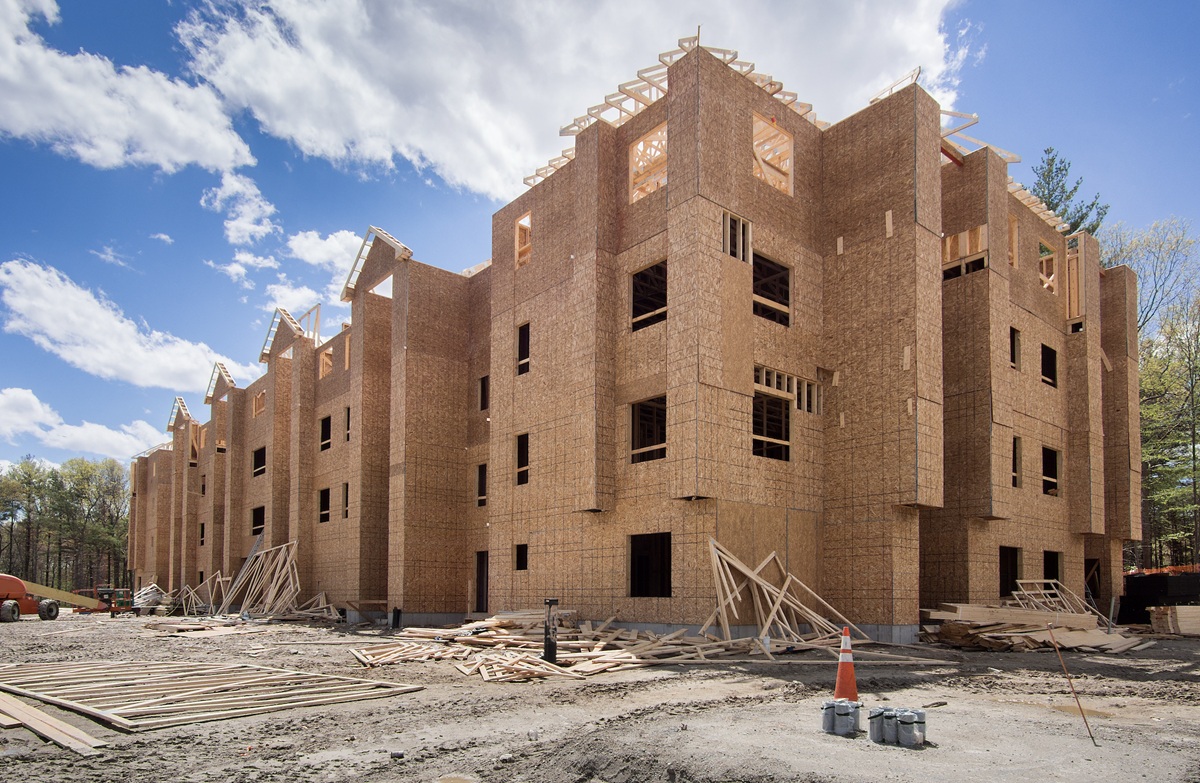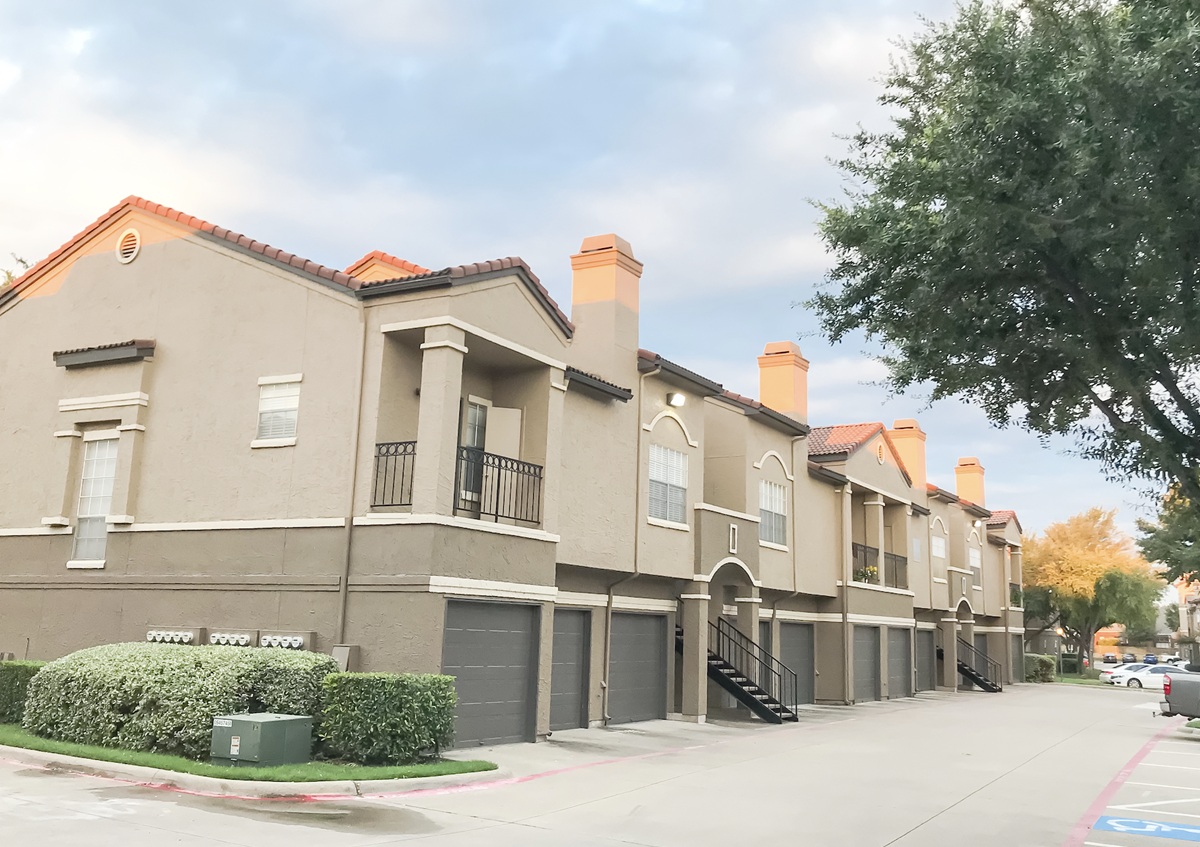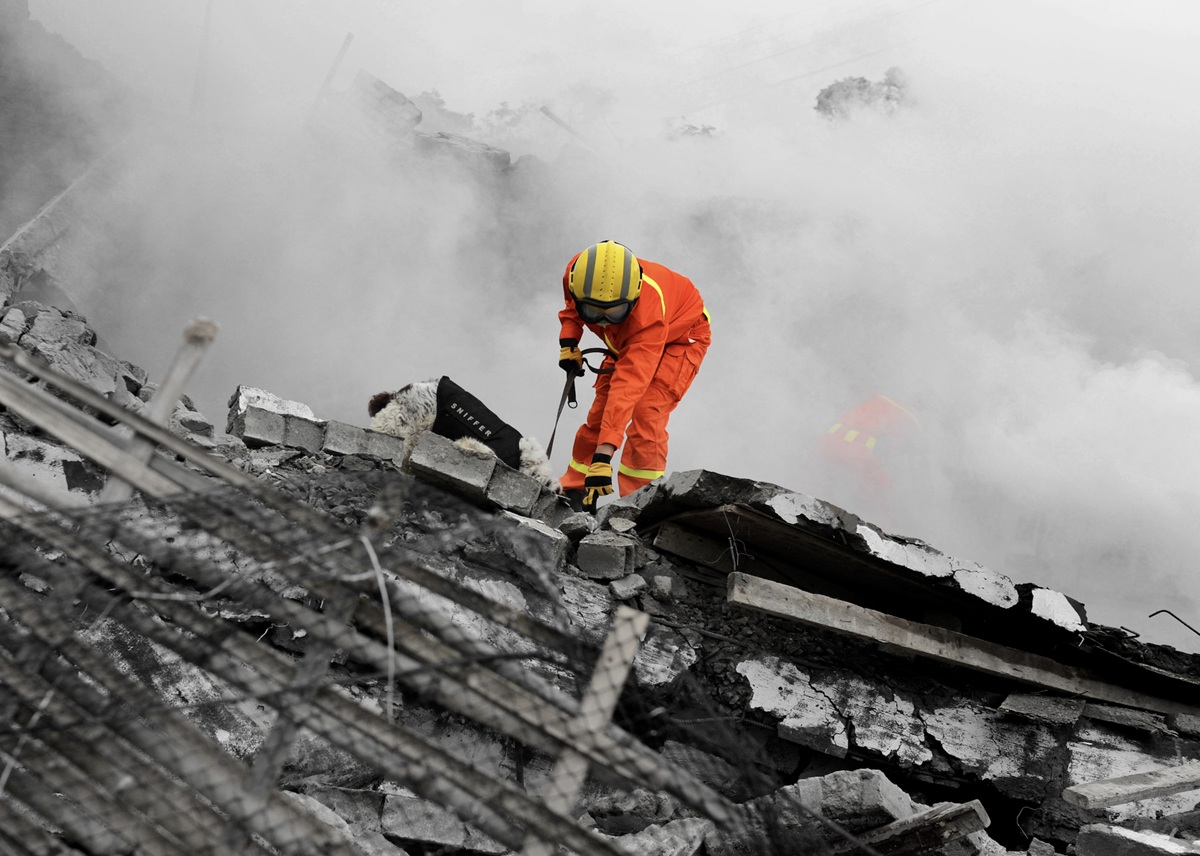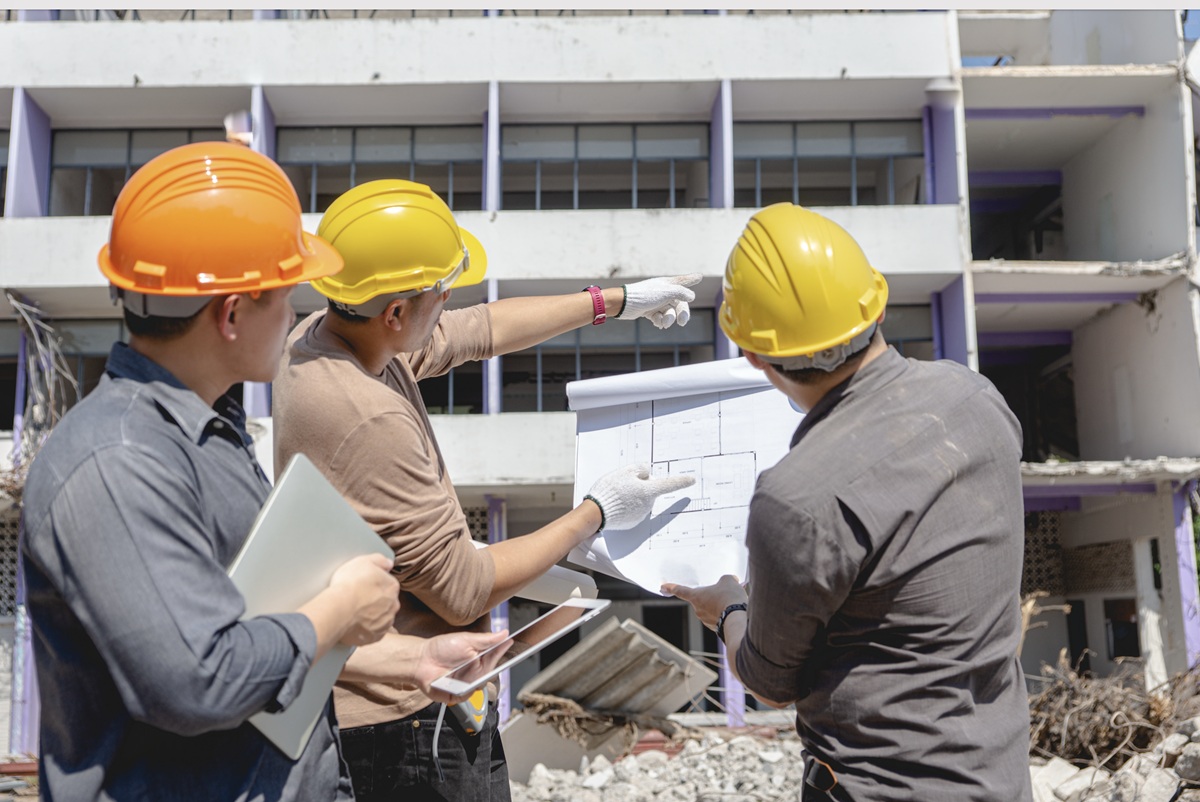Small businesses, the lifeblood of the U.S. economy, are often the first to suffer from natural disasters such as earthquakes.
Although they create two-thirds of new jobs and stimulate economic growth – particularly in underrepresented communities – small businesses are often least prepared to withstand disasters
The COVID-19 pandemic brought devastating loss to the nation’s self-employed, with New York City experiencing a decline of 44% in April 2020. The tally of self-employed in Los Angeles dropped by 36% in July of that year, according to the U.S. Small Business Administration, which found that Black- and Asian-owned businesses suffered the most loss.
Apartment owners have also fallen into that mix.
But imagine if – beyond the economic hardship that the pandemic brought – the disaster came with the destruction of hundreds if not thousands of buildings?
Recovery for small businesses and the self-employed is often worse when structural loss, or infrastructure collapse – be it from hurricane, flood, fire, or earthquake – comes into play.
Following the 1994 Northridge earthquake, 39% of all businesses surveyed in the Greater Los Angeles region reported suffering some sort of structural damage as a result of the quake, according to a University of Delaware study. About a third of those cases involved damage so severe that buildings were determined to be unsafe for occupancy.
At the time that survey was conducted, (one-and-a-half years after the Northridge event), about a quarter of the businesses reporting quake structural damage said they had not recovered from the experience.
Vulnerable populations are hardest hit
In San Diego, home-based, minority-, veteran- and women-owned businesses suffered more as a result of the pandemic, San Diego Regional Chamber of Commerce president and CEO Jerry Sanders wrote in an Op-Ed in the Union-Tribune.
“A focus of ours for this next year is helping to build resiliency for small businesses,” he wrote, calling for more collaboration and involvement within the region’s various business communities. “The stronger and more diverse our business community is undoubtedly benefits us all.”
Indeed. Disaster hits our most vulnerable populations hardest.
It was true for the pandemic and is equally true for resilience against earthquakes.
The buildings in San Diego most likely to suffer significant damage in an earthquake comprise older businesses and homes in more vulnerable communities. This includes apartment buildings (mostly soft-story structures), and commercial structures used in manufacturing and logistics (mostly tilt-up),
These apartment buildings, because of their age, are generally more affordable to rent. But many built before 1980 can have structural deficiencies that put them at greater risk in large earthquakes.
This situation puts lower-income residents at greater risk of injury, displacement and economic ruin in a quake.
Resilience is essential to a functioning society, ensuring:
- Protection of affordable housing stock
- Economic stability
- Environmental health
Ultimately, identifying our most vulnerable buildings and retrofitting them for greater resiliency helps keep entire communities safer and healthy. And that’s good for everyone.
Is your apartment building at risk? Call Optimum Seismic at 833-978-7664 for a free evaluation.







